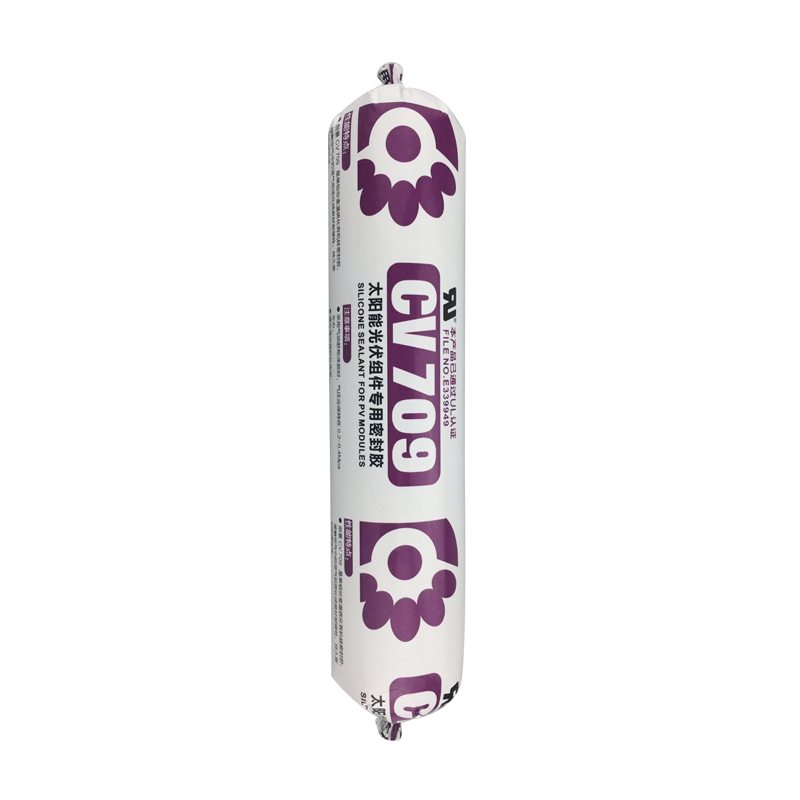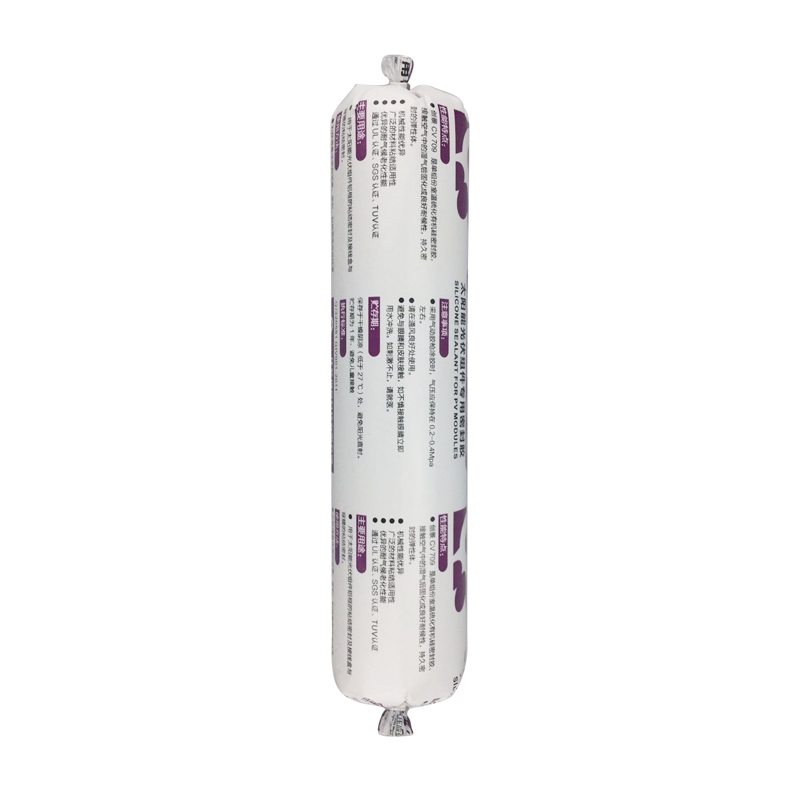Manufacturer of CV-709 silicone sealant for PV moudels Wholesale to Portland
Short Description:
Description CV709 is a high-performance silicone sealant, one-component oxime type room temperature curing silicone rubber, has excellent weather resistance, high thixotropy, after curing for solar components involved in the base material has good caking property, by TUV for environmental requirements of the ROHS, UL E339949 Key Features 1. 100% silicone 2. No sag 3. high thixotropy 4. Water & weatherproof 5. For solar components involved in the base material has good bonding Basic Ap...
We keep improving and perfecting our products and service. At the same time, we work actively to do research and development for Manufacturer of CV-709 silicone sealant for PV moudels Wholesale to Portland, It is our great honor to meet your demands.We sincerely hope we can cooperate with you in the near future.
Description
CV709 is a high-performance silicone sealant, one-component oxime type room temperature curing silicone rubber, has excellent weather resistance, high thixotropy, after curing for solar components involved in the base material has good caking property, by TUV for environmental requirements of the ROHS, UL E339949
Key Features
1. 100% silicone
2. No sag
3. high thixotropy
4. Water & weatherproof
5. For solar components involved in the base material has good bonding
Basic Application
1.Solar module frame seal
2.The adhesive of the solar energy back to the terminal block
3.General industrial assembly with seal
Technical data sheet
| Test standard | Test project | Unit | value |
| Before curing——25℃,50%R.H. | |||
| specific gravity | g/ml | 1.34-1.40 | |
| GB13477 | Operating time | min | 15 |
| GB13477 | surface drying time(25℃,50%R.H.) | min | 40-60 |
| 3 days after curing——25℃,50%R.H. | |||
| Temperature range | ℃ | -55~200 | |
| GB13477 | Durometer Hardness | Shore A | 40~55 |
| The ultimate tensile strength | Mpa | ≥2 | |
| GB13477 | Breaking elongation | % | 300-600 |
| Aluminum bonding shear strength | Mpa | ≥1.5 | |
| Electrical properties | |||
| Breakdown voltage | Kv/mm | ≥20 | |
| Volume resistance | ohm.cm | 9E+14 | |
| Dielectric constant | 3.1@50Hz | ||
Certification
UL E339949; TUV
Color
Black, White
Package
300ml in cartridge * 24 per box, 500ml in sausage *20 per box
Shelf life
12 months
Note
If you want the TDS or MSDS or other details, please contact with our sales person.
Before using this product, please read all instructions and test a small area of your doll’s tear before using it. Precede at your own risk! Hope this video helps. Thanks for watching!
https://www.smooth-on.com
FIND MY BABIES ON INSTA
https://www.instagram.com/kelseys_cradle/
DISCLAIMER: Yes, the babies in my videos are fake. I repeat, the babies are reborn dolls, not humans. Yes, I pretend they are real for the sake of videos and my own enjoyment. This is a hobby like collecting and playing with trains or fantasy football. I am not crazy. If you don’t like the hobby of collecting and role playing with reborn dolls, please do not watch my videos. ![]()
Is your toilet running? The most common cause of a leaky toilet is a toilet flapper valve that isn’t quite seating properly at the bottom of the tank. Replacing a toilet flapper valve is a relatively simple fix that could save you a pretty penny on your water bill.
First, it’s worth noting that not all flapper designs are the same. Before buying a replacement flapper, be sure to take the old one to the store with you so you can be sure the new one is a fit.
Once you have a compatible flapper ready to install, be sure to first shut off the water supply valve to the toilet tank. Remove the lid from the tank, and flush the toilet to remove as much water as possible.
You’ll note that the chain attached to the flush lever is the mechanism that lifts the toilet flapper, releasing water into the bowl. Disconnect this chain from the toilet lever. Then, pull the flapper off of the mounting pegs on either side of the overflow tube.
It’s important to be sure to wipe off the valve seat at the bottom of the tank to ensure a clean seal between the area and the new flapper valve, once installed. Next, go ahead and install the new flapper valve where the old one sat. Connect the chain back to both the flapper and the flush lever, then test the amount of slack you’ll need by pushing down on the flush lever a few times, watching to make sure the flapper comes up and down appropriately.
Lastly, turn the water supply back on and let the toilet tank re-fill with water. The new flapper valve should form a tight seal, fixing the leaky toilet that once was.
As always, if you’re having problems or need extra help, give Roto-Rooter a call or visit us a https://www.rotorooter.com




